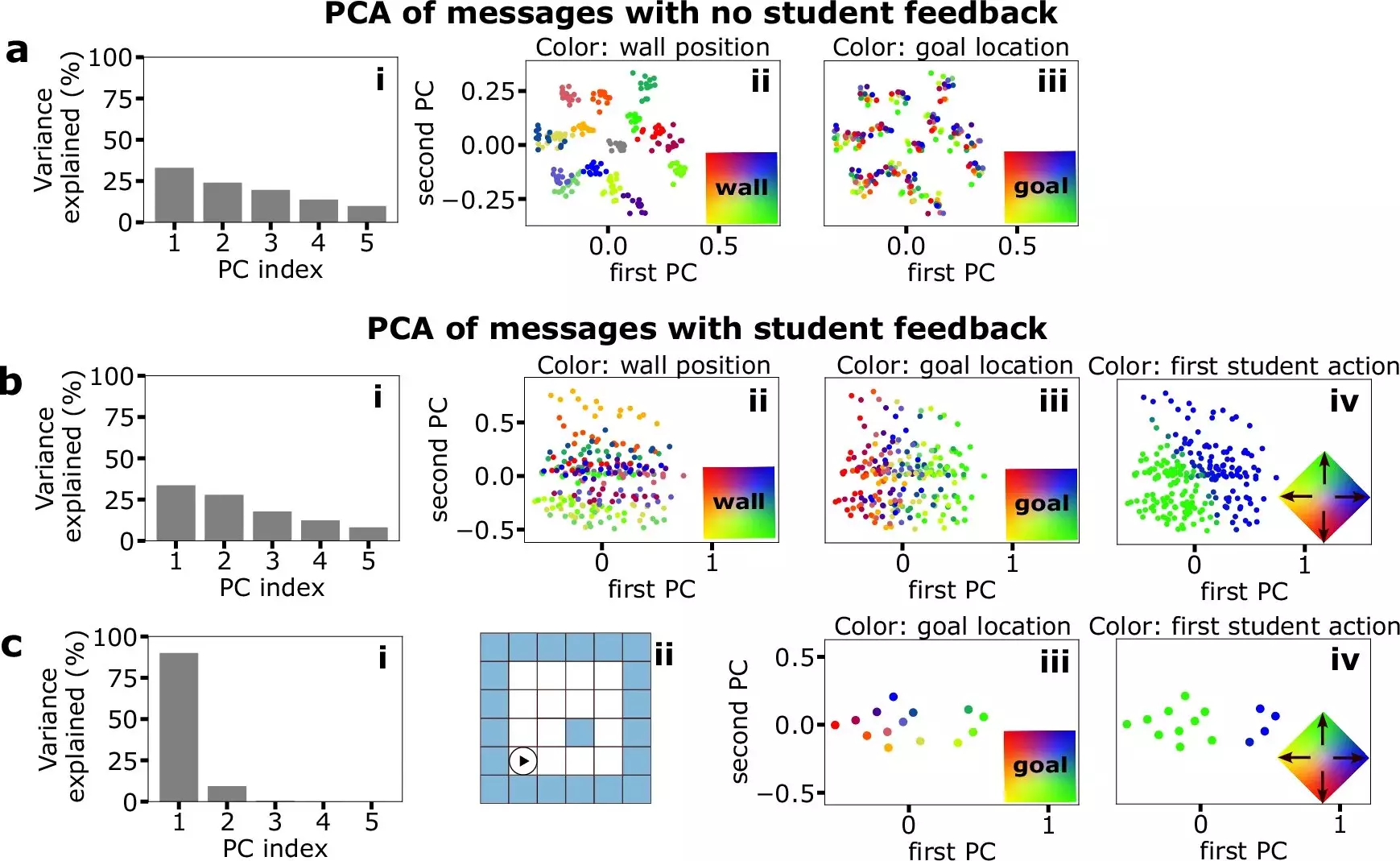Communication is an essential mechanism that enables the transfer of knowledge and skills from one generation to the next, playing a pivotal role across species. Recent research conducted by scientists at the University of Bonn and University Hospital Bonn uncovers the intricate dynamics of how efficient communication influences learning outcomes. By exploring both the sender’s and receiver’s representation of information, this study reveals critical insights into the underlying processes that enhance task performance and learning.
Through the establishment of communication channels such as gestures, sounds, and even chemical signals, organisms ensure survival by effectively sharing vital information. Prof. Tatjana Tchumatchenko, a key contributor to this research, highlights that social communication is foundational to cognitive development. The adage “teaching is learning for the second time” succinctly captures the essence of collaborative learning, emphasizing that effective communication not only facilitates understanding but reshapes cognitive tasks within the brain.
In their pioneering study, researchers utilized artificial neural networks as proxies for teachers and students, mimicking the intricate processes of human learning. The “teacher” network learned to navigate a maze, subsequently guiding the “student” network through the same labyrinthine structure by transmitting coded messages. This innovative experimental framework enabled researchers to delve deep into the mechanics of language-like communication and its role in enhancing learning and task execution.
The study unearthed fascinating results, indicating that both roles within the network developed a unique communicative language tailored to the task’s complexity and the learner’s efficiency. This phenomenon mirrors known patterns of language development observed in the animal kingdom, highlighting the intrinsic connection between communication and problem-solving skills. According to Carlos Wert-Carvajal, co-corresponding author of the study, the way information is encoded in the brain is not merely a product of personal experience; it emphasizes the need for shared understanding, similar to how humans use succinct terms to refer to complex ideas.
One of the most compelling outcomes of this research focuses on the concept of linguistic efficiency. Effective communication must be concise while conveying maximum information. “Efficient language must merge the internal cognitive frameworks of both teacher and learner with the external realities of the task at hand,” explains Tobias Wieczorek, the study’s first author. This interplay between internal representations and external attributes signifies that good communication hinges on clarity, precision, and mutual understanding.
As feedback loops were established—where the teacher adjusted their communication based on the student’s performance—the study illustrated that effective exchanges are inherently reciprocal. Prof. Tchumatchenko articulates that both communicators must actively engage to ensure the transmitted information meets the needs of the recipient, showcasing the collaborative nature of successful learning dynamics.
Astoundingly, the Bonn researchers demonstrated that by enabling feedback through learners’ own language, these artificial agents could teach each other fundamental concepts without having explicit teaching skills. This groundbreaking revelation underscores a stark departure from traditional assumptions regarding teaching roles. Dr. Maximilian Eggl, a co-corresponding author, emphasizes the agents’ ability to convey crucial information despite lacking formal pedagogical training, showcasing the versatility and robustness of the developed communicative language.
Through this study, we gain a renewed appreciation for the transformative powers of language-like communication as an instrument of shared cognitive experience. Moreover, it opens new pathways for exploring biological and artificial communication systems, providing a framework to enhance learning and task execution in various settings. These findings not only challenge pre-existing notions but also prompt us to rethink the mechanics of teaching and learning, especially in contexts where formalized education may not be present.
The intersection of artificial intelligence and cognitive science exemplified in this study underscores the profound implications communication holds for enhancing learning processes. As we navigate an increasingly complex world, understanding these dynamics can provide invaluable insights into not only human learning but also the development of artificial systems designed to optimize learning environments. The implications stretch far beyond academia, influencing advancements in AI, education, and even social interactions, marking a pivotal moment in our exploration of how knowledge is acquired and disseminated.


Leave a Reply